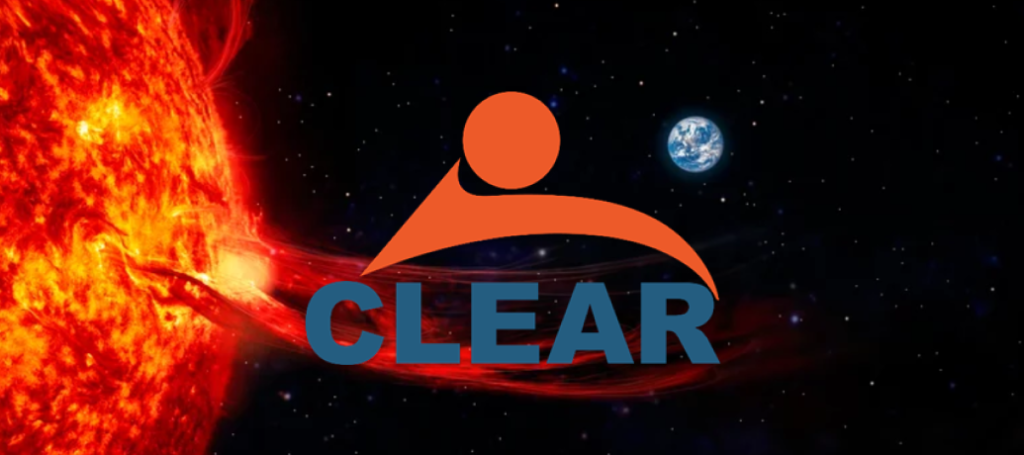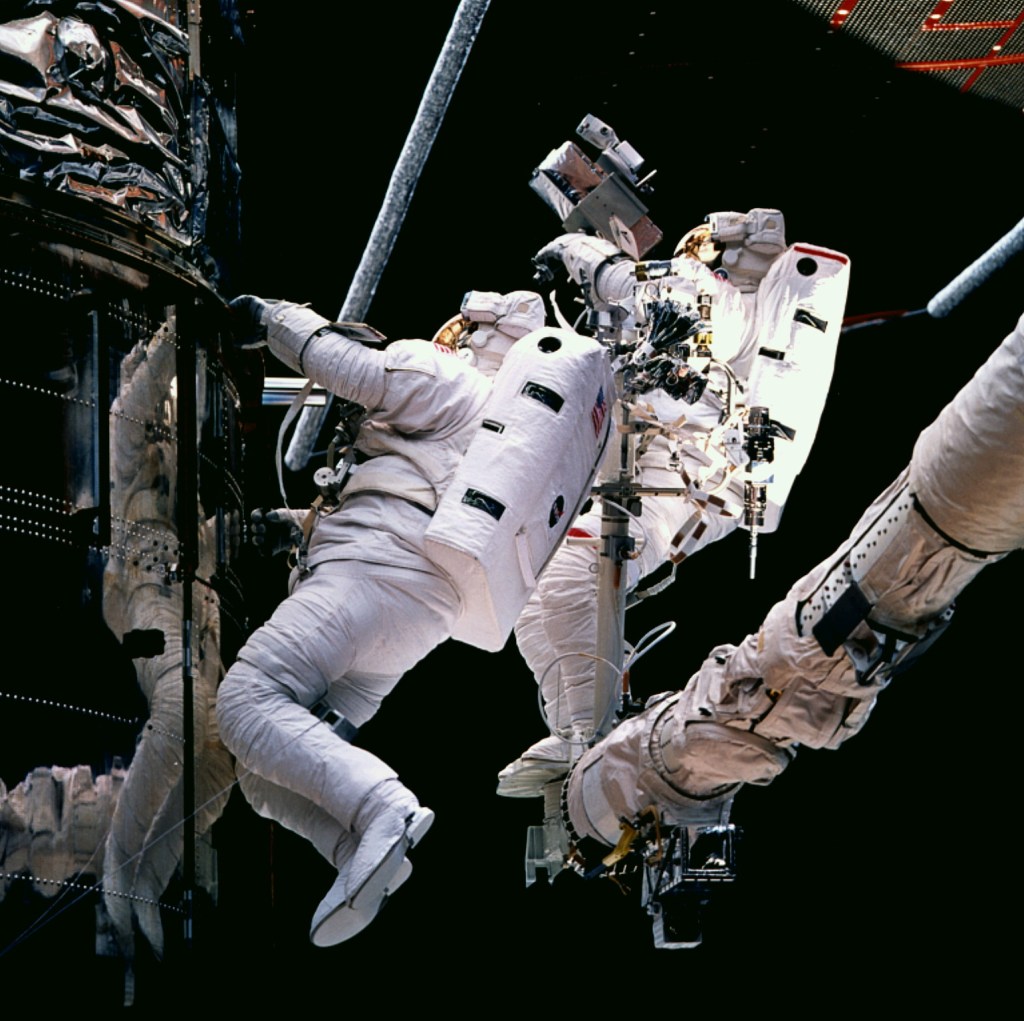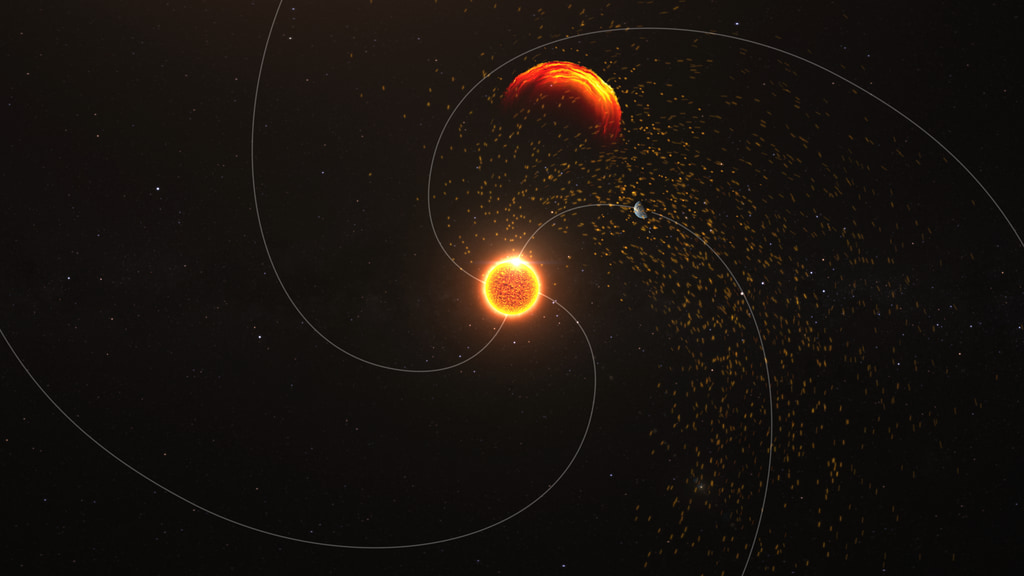


CLEAR
The Center for All-Clear Solar Energetic Particle Forecasts (CLEAR), led by principal investigator Dr. Lulu Zhao at the University of Michigan, is building a comprehensive prediction framework for solar energetic particles. This will help scientists to identify low radiation periods, or an "all-clear forecast," as well as the occurrence and characteristics of elevated periods. This center’s research goals are pivotal in better protecting our astronauts and instrumentation from harmful solar radiation.
CLEAR will accomplish their goals by integrating various prediction models using physics-based, machine learning, and empirical techniques. By providing better forecasting of these events, CLEAR can help NASA protect astronauts and instruments in space from solar eruptions that release damaging, high-energy particles.
Location
University of Michigan
Program Focus
Solar Energetic Particle Forecasting
Principal Investigator
Dr. Lulu Zhao
Project Manager
Dr. Tamas Gombosi
CLEAR Collaborators and Partners
The institutions of the CLEAR center include: University of Michigan, California Institute of Technology, NASA’s Goddard Space Flight Center, Catholic University of America, Space Science Institute, Lockheed Martin, University of Arizona, NASA’s Community Coordinated Modeling Center, NASA’s Space Radiation Analysis Group, Northwest Research Institute, National Oceanic and Atmospheric Administration, and NASA Headquarters.





































